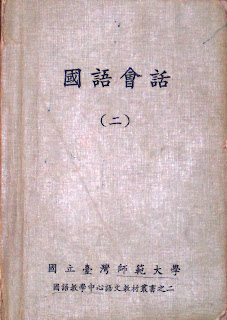
Chinese Conversation Book II
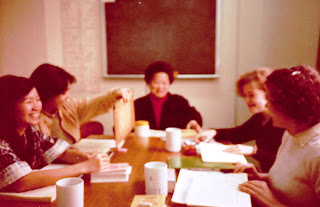
Beginning that day and for the next three years, I was given a special grading scale of 100, 50, and 0. If everything was right, I got 100. If I missed one dot on a character, wrote one line out of order, or missed one tone, I got a 50 (which was failing). If I made two mistakes, no matter how minor, I got a zero. That first day, Ms. Chin told me that if I got a running total of three zeros during those first two weeks, I was out of her class. She didn’t think that the average American had the patience to pay attention to minute details, and details are vital to learning Chinese well. If I wanted to remain in her class, she would teach me better than any other teacher of basic Chinese in the school, but I had to play by her rules and work harder than I had ever worked in my life. I also had to finish those last three lessons in Book One on my own time before my two weeks’ probation was over, but I couldn’t use the extra work as an excuse for shirking on her homework.
Teacher Chin was a very old-school Chinese teacher. She was not in it for the money; she felt it was an insult to her integrity to even mention the monetary compensation because teaching was a “holy” profession devoted to molding the younger generation. Her grandfather had been an official in the Qing Dynasty, and her father had been a medical officer in the Kuomintang Army. Her parents had been put to death by the Communists hours before they were due to evacuate the mainland for Taiwan. Teacher Chin came to Taiwan alone with her aunt. She was born in the area around Peiping (Beijing), and her Mandarin was impeccable. She had learned Chinese the old way with a tutor, as her family had been quite wealthy and had had servants and farms around the city of Beijing. When she was nine, the family had to move south following her father and the Kuomintang Army. She was orphaned at age twelve. Some of her earliest memories were of the Japanese invasion of northern China. Ms. Chin was passionate in her teaching because she wanted to preserve the memories of what had been lost through the Japanese occupation of China and the Communist Cultural Revolution.
Teacher Chin was as tough on herself as she was on us. She worked very hard to be sure that we knew each book backwards and forwards so that we could hear, speak, read, and write every single word in each text. Ms. Chin said that a character wasn’t really “ours” until we could use it in our own sentences and write the sentences down. If anyone in the class didn’t understand something after the first explanation, Teacher Chin would re-teach it from several different angles until we all understood. The class I was joining had just spent nine months covering the book that I had covered in three. They really did know and could use every single character in the book. Because Teacher was so strict, lazy students with no real interest in becoming fluent in Chinese were scared off in about a week. I was in with the best of the best. I had a lot of catching up to do, but I also had a better learning environment than all of my classmates, so it did not take me long to overtake them.
Teacher Chin’s theory of pedagogy was quite interesting. She taught the first two conversation books in what she called “a line”. She did not stray from the text. She kept going over and over and over every single dialog and character until we could use all the words and idioms to make our own sentences orally and in writing. It took us an entire year to get through the second conversation book. After finishing that text book, we moved into the intermediate readers and Teacher began to teach on “a plane.” She gave us full background on every word or phrase that we learned, including stories from classical Chinese, proverbs, synonyms and secondary meanings of the words. She also began to teach us contextual clues and subtle shades of meaning, so we would know when someone was politely insulting us. She frequently told us that she had kept us to the line in the basic books because you can’t draw a plane until you have a line. If the foundation is weak, the whole house will tumble down. She prided herself on having students with consistently high test scores even though her classes did not move quickly through the text books. She always reminded us that when you “admire flowers from a galloping horse”, you cannot avoid picking a few with thorns. We carefully examined every “flower” of the Chinese language, and as a result, we all were able to avoid innumerable thorns.


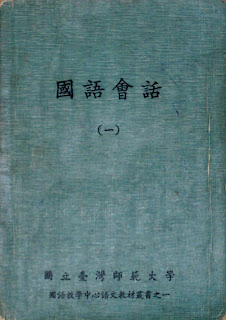





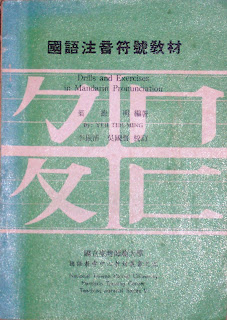





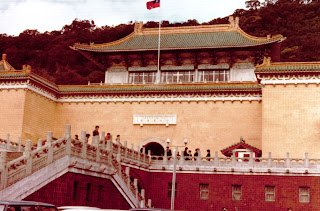
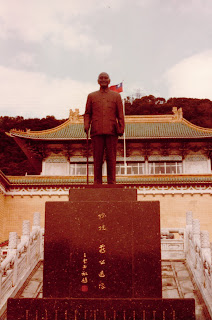





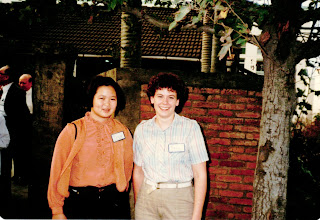
.bmp)






